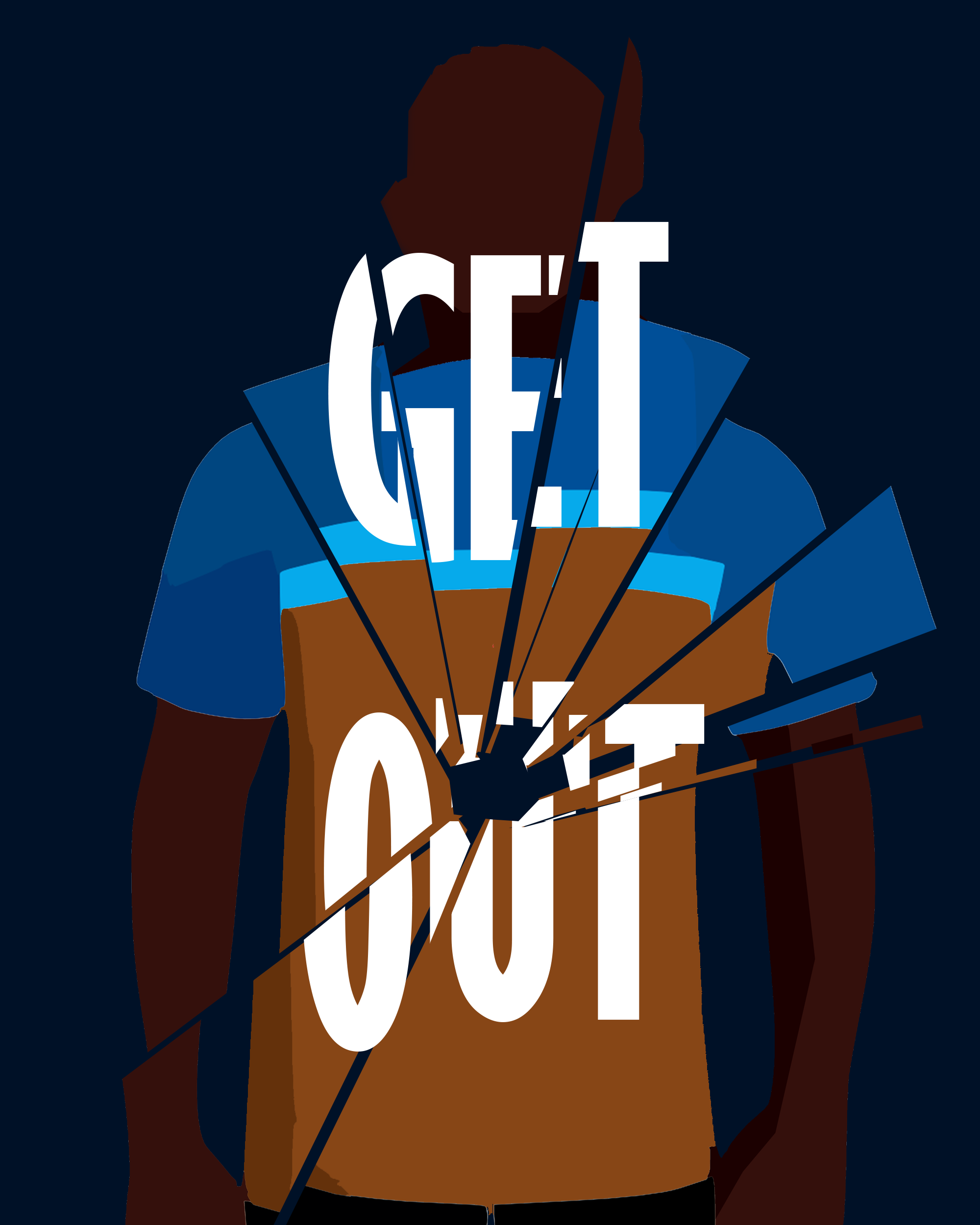How the film’s realistic portrayal of racism shakes audience members
*Spoiler Alert Ahead*
The new horror film, Get Out, which marks the directorial debut for comedian Jordan Peele, is making waves across North America.
It contains many unpredictable twists, as well as exceptional performances by stars Daniel Kaluuya and Allison Williams. However, it is the film’s accurate depiction of racism that really got me thinking after I left the theatre.
In an interview with Fox 5’s Kevin McCarthy, director Jordan Peele, most notably known for being one half of the “Key and Peele” comedy duo, explained how “people need to know that this movie is from a black writer and director. It’d be a different movie if a white guy did it.” Why does the director’s race matter, you may ask? It matters because this film highlights the marginalization of black people around the globe, which is best described and portrayed by someone who has experienced it themselves.
In the film, Chris (Kaluuya) travels to the home of his white girlfriend, Rose’s (Williams), parents, who live in rural New York state. From the moment they arrive, it is clear Chris’ skin colour (of which Rose’s parents had no prior knowledge of) affects the way the parents interact with him. While they do not directly acknowledge the fact that he is black, the father makes comments such as: “I would have voted for Obama for a third term” and “How long has this thang been goin’ on?” As Kaluuya explained in an interview with Fox 5, “acting different around a black person simply because they are black is a form of marginalization.” You don’t need to directly mention a person’s race to make them feel uncomfortable or out of place.
Personally, I can remember times when I have felt awkward because people thought it was necessary to acknowledge my race. Whether they directly pointed out my race, or acted in a way that somehow alluded to it, it just felt weird. Yes, my skin is brown, but I’m also a person with a personality. Do you really need to identify me by my race first?
For some reason, there are always people whose actions and speech reflect the race of the person they’re speaking to, similar to how Rose’s father interacts with Chris. Peele even explained how these actions are sometimes simply a way of trying to connect with the person. Yet, while their intentions may be harmless, it does not mean we shouldn’t point it out for what it is—racially-motivated behaviour.
As co-star Williams explained in an interview with Fox 5, “a lot of people don’t know, but just by saying something you wouldn’t say unless you were talking to a black person, you’re isolating them, or at least giving them some indication that you’re identifying them as black.”
In my opinion, a Hollywood film addressing the issues that people of colour face, everyday, is extremely important. No matter what country or continent you live in, marginalized people go through very similar issues, whether it be through blatant discrimination, or in a less direct manner.
Throughout the film, Chris is noticeably uncomfortable with the way Rose’s family interacts with him. He attempts to talk to the family’s two helpers—a maid and a groundskeeper—who happen to be black. However, he notices they act in a bizarre manner. One example of this is when Chris attempts to greet one of the workers with a fist bump, but the man grabs his fist and looks at him awkwardly.
Throughout the film, it seems as though all of the black people who are surrounded by the white family, including the helpers and friends of the family who visit (some were black), have conformed to their mannerisms.
Here’s where the major twist comes in. The reason the black helpers act so bizarrely is because Rose’s father, a neurosurgeon, perfected a way to transfer the consciousness of one individual to another, through brain surgery. The black workers on his property actually possess the consciousness of Rose’s grandmother and grandfather, while their own consciousnesses have been “sent to a ‘sunken place’” in their own minds, through hypnosis performed by Rose’s mother.
This twist deviates the film into a slightly more imaginative space, which is why the director said in an interview with Forbes that, though the story is “very personal, [it] quickly veers off from anything autobiographical.”
I think that it is our duty, as individuals seeking equality, to educate and speak out to those who may not understand what the issues with their actions are. We must be able to see someone acting in an inappropriate way and tell them what they’re doing is wrong. We need to talk about it. That’s why this film is so important.
Of course race is one of the first things you notice about a person. It’s right there in your face. But it’s the ability to interact and judge other individuals based on their character and actions—rather than their race or ethnicity—that demonstrates respect and open-mindedness.
Get Out has grossed $113.1 million internationally, on a budget of $4.5 million. It is still playing in theatres, and I encourage everyone to go see it—if you don’t mind sitting on the edge of your seat for 103 minutes, that is.
